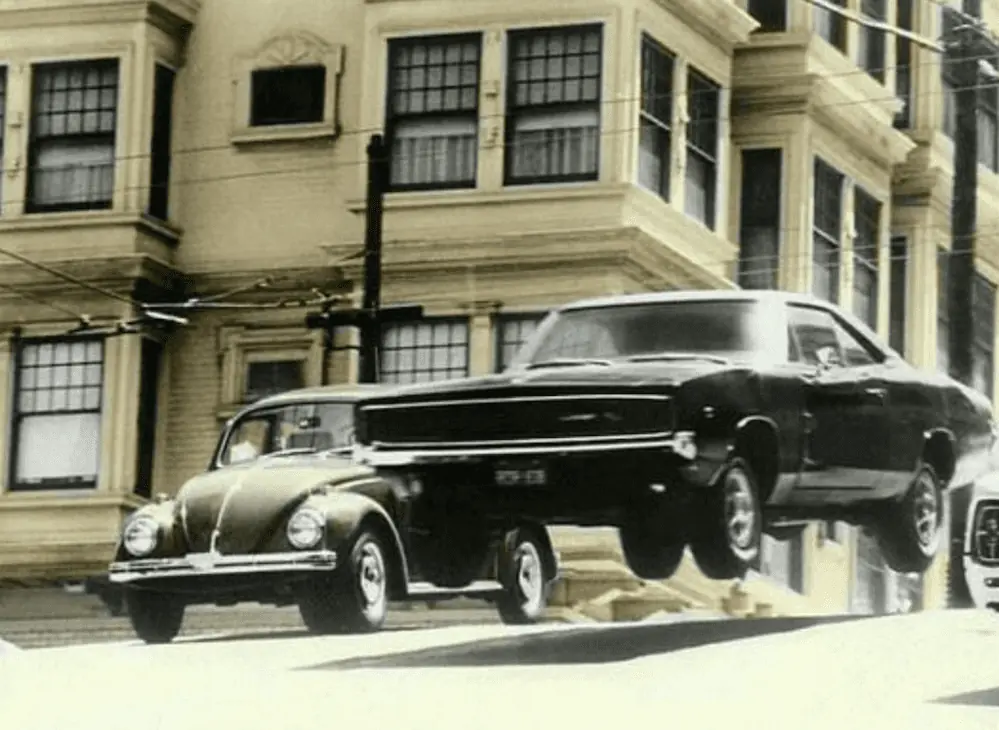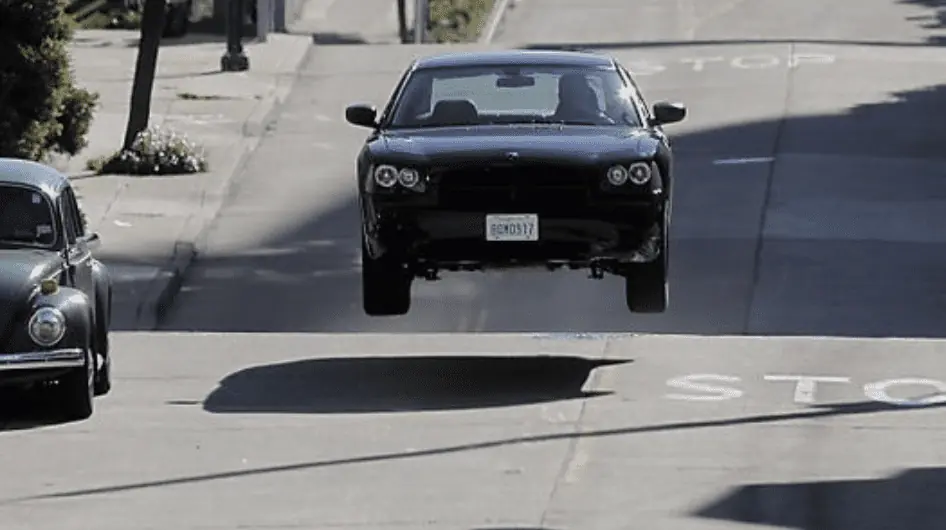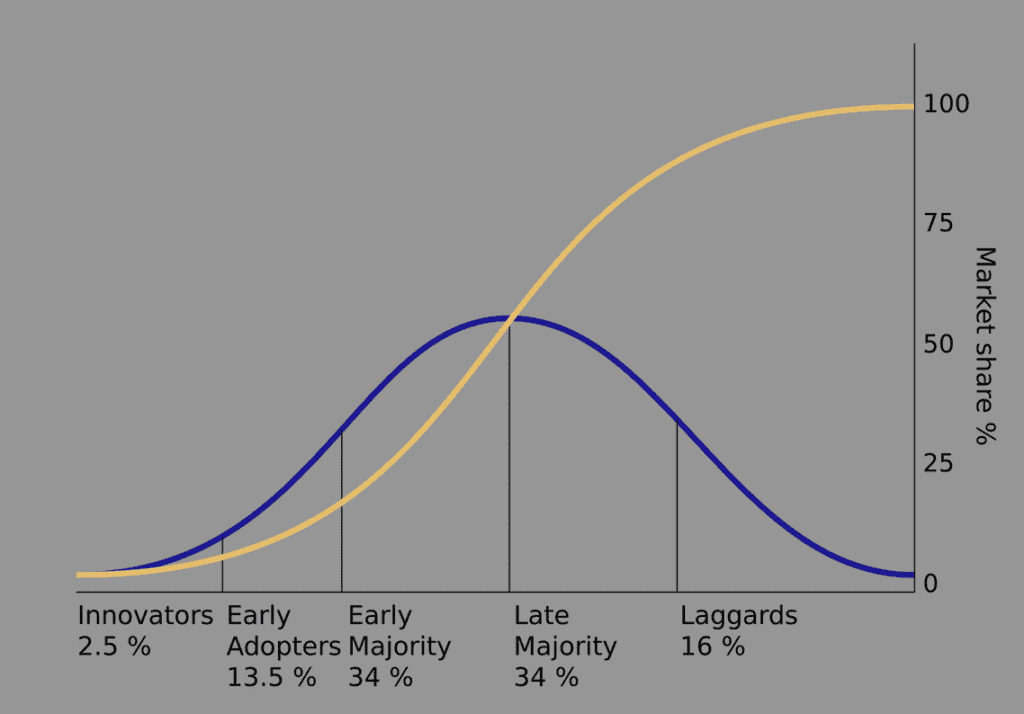
By Colin Barnden
What’s at stake:
Cruise and Waymo will destroy their credibility by pursuing a wacky race to deploy robo-taxis so brittle that they are baffled by ordinary real-world events.
In the latest installment of The Misadventures of Waymo Driver, our buddy got stuck after venturing too far into an unfriendly construction site on a public road.
First on the scene, Instagram user Freddiefuture wrote:
“A self-driving vehicle drives into a construction site and stops right before rolling into an open trench. It’s my first sighting of an autonomous vehicle in the city, with no one in it.”
In video footage uploaded to Instagram, Freddiefuture reports:
“We’ve got a Waymo that drove into a construction site and doesn’t know what to do. There is no one in it. It was about to go drive in this trench right here. It is lost. It doesn’t know what to do. [A] fully autonomous vehicle, [with] no one driving, just drove right into a construction site. There we go, I guess they don’t know what to do when they drive through construction zones yet.”

Incidents of robo-taxi mishaps now occur on an ongoing basis, are captured by the public and shared for general amusement on various social media sites. An excellent website to follow with the latest news is The Last Driver License Holder.
It wasn’t just Waymo Driver showing off its robo-moves on the streets of San Francisco. Cruise has demonstrated its skills with a new maneuver called Cruise Stalls in the Middle of Tram Tracks. Meanwhile, GM’s investors are sure to be exhilarated at the sophistication of its robo-taxi technology as shown with the performance of a new dance routine called Synchronized Cruisin’.
We can surely expect an appearance very soon by both Cruise and Waymo on America’s Got Talent.
Recommended: Ford’s Lane Change Signals a Shift Away From AV Development
Meanwhile, Ford executives must be breathing a sigh of relief having exited the robo-circus just in time.
Sadly, incidents such as these merely serve to highlight that robo-driver technology is brittle and continues to lack the necessary skills and abilities to successfully interact with humans on public roads.
The question for investors in Cruise and Waymo – and for other robo-taxi and robo-truck developers – is whether these technology glitches can be overcome before consumer patience, along with their willingness to participate as non-consenting subjects in a science experiment, runs out.
The latest Incidents merely serve to highlight that robo-driver technology is brittle and lacks the ability to successfully interact with humans on public roads.
Innovators don’t have it
Everett Rogers’ theory, “Diffusion of Innovations,” seeks to explain how, why, and at what rate new ideas and technology spread. Rogers proposes that diffusion is the process by which an innovation is communicated over time among the participants in a social system.
According to the theory, acceptance and use of any new technology diffuses across a population split into five distinct segments: innovators, early adopters, early majority; late majority; and laggards.
The road ahead for robo-taxis is defined by the theory’s distribution curve. “Innovators” will line up to ride in robo-taxis, just as they did to become the first customers of Tesla’s Autopilot and FSD. They don’t care if a product is janky and unreliable, or even overtly dangerous, because they want to be associated with “The Future.” But “Innovators” account for only 2.5 percent of the population.
Next comes the “early adopters” who are a little more cautious, but still very forgiving of the limitations of new technology. However, Rogers shows us that the “early adopters” still only account for another 13.5 percent of the population.
Robo-taxis are commercially unviable without dramatic shifts in consumer behavior, requiring “early” and “late” majorities and many of the “laggards” to not only switch from mass transit but also surrender private vehicle ownership. However, there is no evidence of this change is coming in the near term.

As shown in the video links above, consumers are seeing with their own eyes the problems Cruise and Waymo are having deploying their vehicles on public roads. As a result, many will never use robo-taxis at all, while others will try and quit after the first glitch, never to go back again.
Diffusion of Innovationsteaches us that societal change takes decades, not quarters. It further teaches us that some transportation innovations are a cul-de-sac and unsuited to deployment at scale. Many visitors to San Francisco explore the Cable Car Museum, and cable cars weren’t the future of mass transit either.
Despite the rhetoric and management bravado, the future of Cruise and Waymo depends on the willingness of investors to keep pouring money into a financial abyss long enough both for the technology to work and for consumers to adopt it. In a world of rising interest rates, that’s a tall order.
Reporting from the scene, Freddiefuture expertly observed: “Waymo still has waymo to learn.” The theories of Everett Rogers would be a great place to begin. Sometimes Silicon Valley startups are in such a hurry to move fast and break things that they forget about the lessons of the past.
Everett Rogers’ theory was first published in 1962.
Bottom line:
Having crowned itself the World’s Most Experienced Driver, Waymo now has to endure intense public scrutiny of every snafu.
Colin Barnden is principal analyst at Semicast Research. He can be reached at colin.barnden@semicast.net.
Copyright permission/reprint service of a full Ojo-Yoshida Report story is available for promotional use on your website, marketing materials and social media promotions. Please send us an email at talktous@ojoyoshidareport.com for details.
